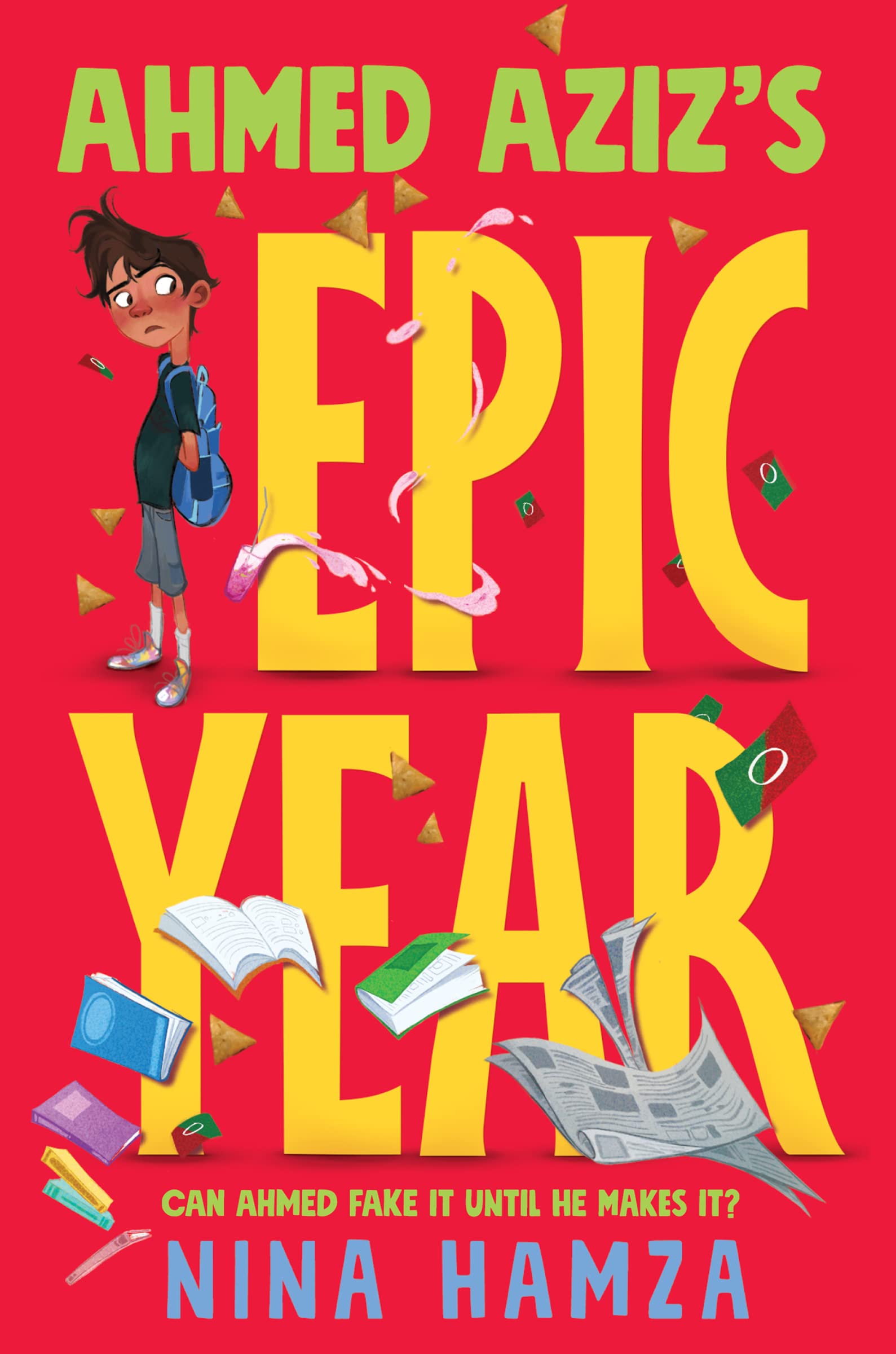Ahmed Aziz is having the worst year ever. But the heroes in the books he’s reading might just teach him how to be the hero of his own story.
Nina Hamza’s debut middle-grade novel “Ahmed Aziz’s Epic Year” follows twelve-year-old Ahmed as his family relocates from Hawaii to Minnesota for his father’s experimental treatment for a rare liver disease. Adjusting to icy winters, a new school, and being one of the few brown kids in his class, Ahmed navigates bullying, unexpected friendships, and a classroom challenge centered on three classic novels: Holes, Bridge to Terabithia, and From the Mixed-Up Files of Mrs. Basil E. Frankweiler. As Ahmed reluctantly engages with these stories, he uncovers parallels to his own life, including family secrets about his late uncle and his father’s declining health.
“Ahmed Aziz’s Epic Year” offers a meaningful lens for exploring SDG 3: Good Health and Well-being. The novel sensitively portrays the ripple effects of chronic illness on families, prompting discussions about healthcare access, emotional resilience, and community support. Ahmed’s initial reluctance to embrace his new environment gradually shifts as he learns from classmates, reconciles with a bully, and discovers unexpected connections to his heritage, demonstrating the journey towards Open-mindedness.
Educators can use Ahmed’s journey to spark conversations about health equity, such as why families like Ahmed’s might need to relocate for medical care, or how schools can support students coping with parental illness. Teachers might pair the book with reflective activities, like analyzing how the assigned novels mirror Ahmed’s experiences or role-playing scenarios that encourage empathy for diverse perspectives. By highlighting Ahmed’s growth through adversity, the book invites students to consider how challenges can lead to personal and communal strength.

